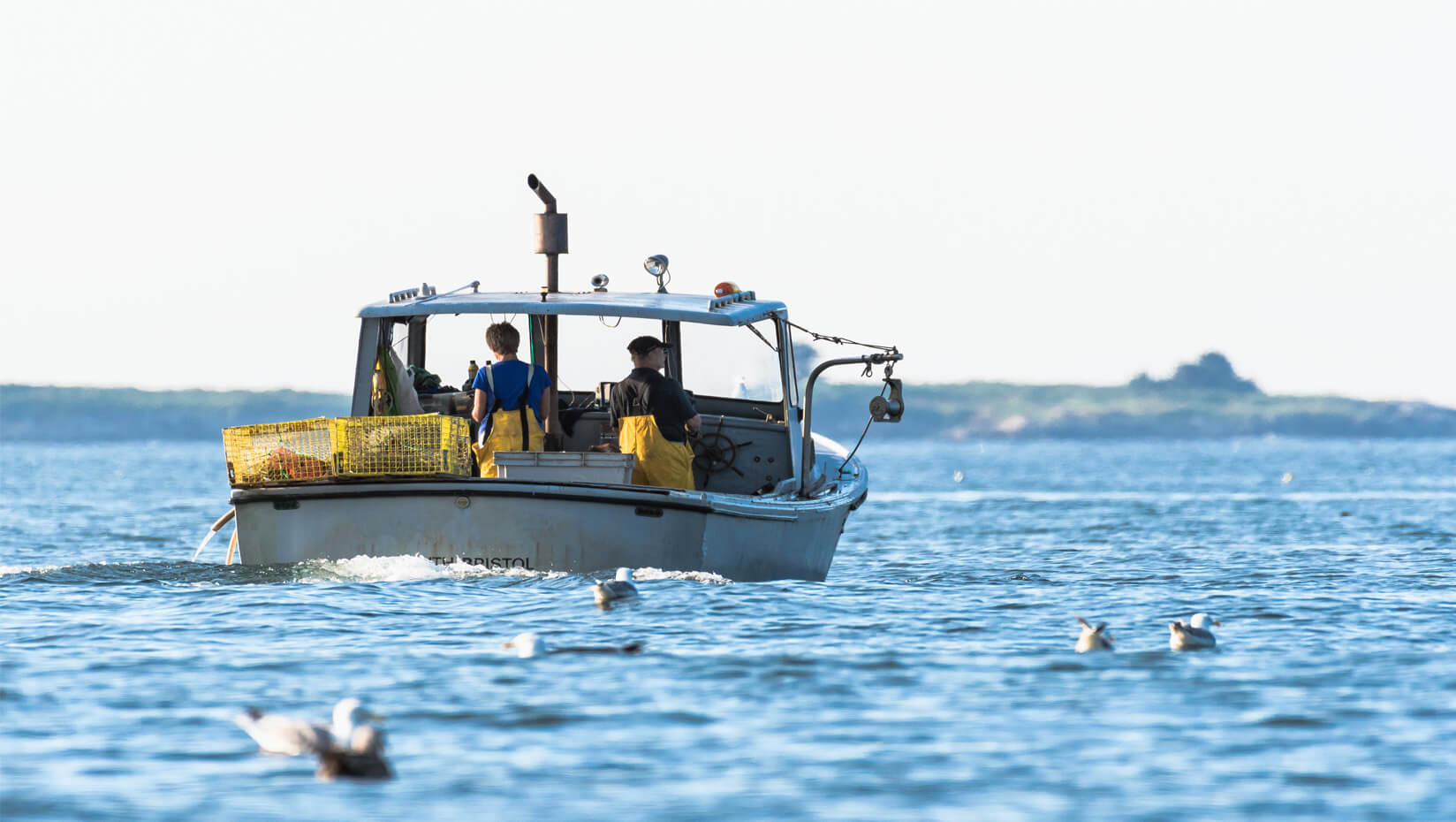
New study addresses changes in lobster molt timing, Gulf of Maine temperature shifts
Variation in lobster molt timing has been increasing in recent years, and is related to changing ocean temperatures in the Gulf of Maine, according to a new University of Maine study — one of the first to provide a quantified time series for when the crustaceans annually shed their shells.
Creating a time series for lobster molts and outlining the relationship of the initial intra-annual molt season to bottom water temperatures in the Gulf of Maine is important to the lobster industry because shifts in water temperature could result in changes in timing of the molt season, led by then UMaine graduate student Kevin Staples, who was pursuing a dual master’s degree in marine biology and marine policy.
And the success of the lobster industry is crucial to the success and well-being of coastal Maine communities.
The study, which also included UMaine School of Marine Sciences researchers Yong Chen, David Townsend and Damian Brady, was spurred by an extreme shift in timing of lobster landings in 2012, when they landed much earlier than usual. This shift, which was attributed to early molt and coincided with a warming trend that began in 2004, “had adverse impacts on the lobster supply chain and directly impacted lobster fishing communities,” according to the researchers.
Using logistic models and Maine Department of Marine Resources lobster sea sampling data, the team found differences in the pattern of initial molt timing and suddenness between regions, sexes and stages of maturity of the lobsters in the sample data, and studied potential effects of seasonal temperatures on initial molt season. Warmer temperatures were usually associated with earlier molt, according to the researchers, but that relationship was not uniform across seasons, regions or lobster demographics.
Lobster molt timing has become much less predictable in recent years, and this corresponds with a significant increase in ocean temperature variability, according to the researchers, whose findings were published in the journal Fisheries Oceanography.
“The results support years of anecdotal knowledge among fishermen and scientists, showing that lobster molt timing is variable between years, progresses along the coast from southwest to northeast, and occurs in immature juveniles before mature adults,” says Staples, who is currently contract staff for the Northeast Regional Ocean Council. “The results also generally support the premise that years with warmer ocean temperatures, especially inshore, coincide with years of earlier molt timing and vice versa, though this link was not as strong as anticipated.”
Lobsters molting much earlier than expected could become the new normal as variability in ocean temperature continues to increase.
Next steps for this research involve investigating the impact of molt timing on social and economic systems in the lobster fishery, and investigating the social and economic impact on the lobster fleet of having better knowledge of lobster molt timing.
“These proposals would extend the scope of this study and look at how variation in molt timing affects markets and communities and how potential future projections may impact the fishery,” says Staples.
Contact: Cleo Barker, 207.581.3729
